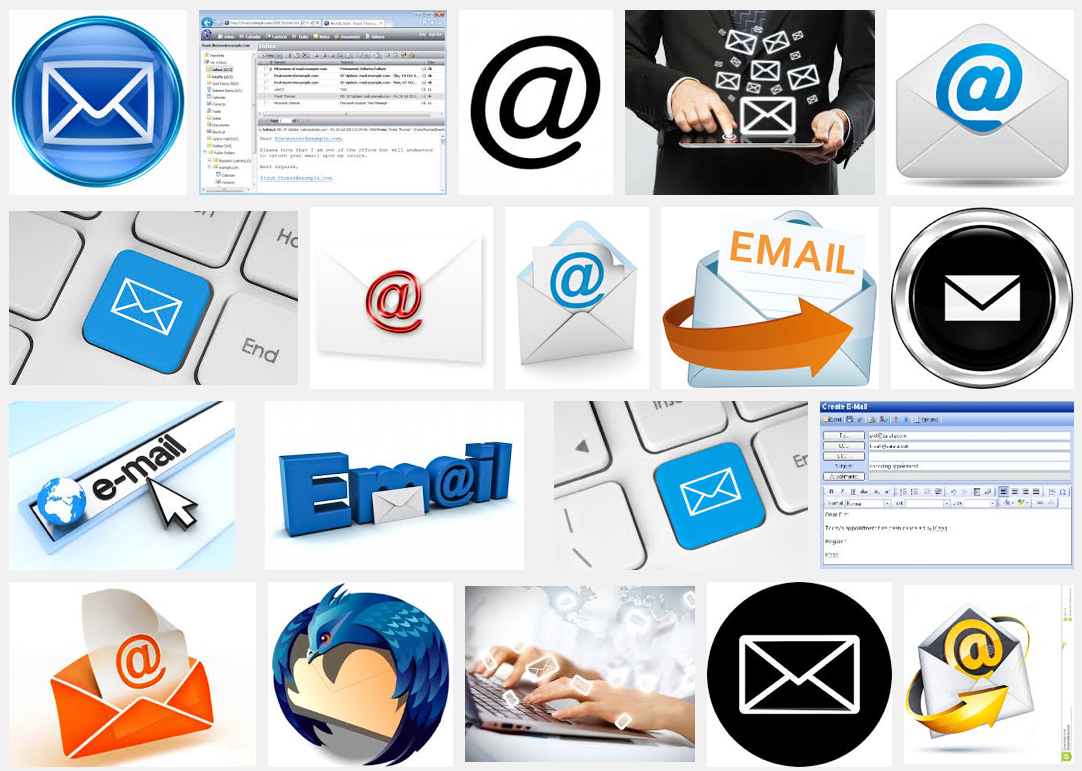 Most people over the age of 40 have probably written and not sent an angry letter.
Most people over the age of 40 have probably written and not sent an angry letter.
The unsent letter may have been intended for a boss or an ex-boss. It may have been for a colleague or a vendor or a business associate. It may have been for your electrician or the plumber who failed to fix the problem. It may have been to a local restaurant that served up an experience far below your expecations; it may have been intended for Microsoft because your Windows XP laptop failed again, and this time you lost all your documents. We’ve all written an angry letter.
The angry letter has probably, for the most part, been replaced by the angry email — after all you can still keep an email as a draft, and not hit send. Younger generations may not be as fortunate — write an angry Facebook post or text a Tweet an it’s sent, shared, gone. Thus, social network users may not realize what they are truly missing from writing an angry letter, or email, and not sending it.
From NYT:
WHENEVER Abraham Lincoln felt the urge to tell someone off, he would compose what he called a “hot letter.” He’d pile all of his anger into a note, “put it aside until his emotions cooled down,” Doris Kearns Goodwin once explained on NPR, “and then write: ‘Never sent. Never signed.’ ” Which meant that Gen. George G. Meade, for one, would never hear from his commander in chief that Lincoln blamed him for letting Robert E. Lee escape after Gettysburg.
Lincoln was hardly unique. Among public figures who need to think twice about their choice of words, the unsent angry letter has a venerable tradition. Its purpose is twofold. It serves as a type of emotional catharsis, a way to let it all out without the repercussions of true engagement. And it acts as a strategic catharsis, an exercise in saying what you really think, which Mark Twain (himself a notable non-sender of correspondence) believed provided “unallowable frankness & freedom.”
Harry S. Truman once almost informed the treasurer of the United States that “I don’t think that the financial advisor of God Himself would be able to understand what the financial position of the Government of the United States is, by reading your statement.” In 1922, Winston Churchill nearly warned Prime Minister David Lloyd George that when it came to Iraq, “we are paying eight millions a year for the privilege of living on an ungrateful volcano out of which we are in no circumstances to get anything worth having.” Mark Twain all but chastised Russians for being too passive when it came to the czar’s abuses, writing, “Apparently none of them can bear to think of losing the present hell entirely, they merely want the temperature cooled down a little.”
But while it may be the unsent mail of politicians and writers that is saved for posterity, that doesn’t mean that they somehow hold a monopoly on the practice. Lovers carry on impassioned correspondence that the beloved never sees; family members vent their mutual frustrations. We rail against the imbecile who elbowed past us on the subway platform.
Personally, when I’m working on an article with an editor, I have a habit of using the “track changes” feature in Microsoft Word for writing retorts to suggested editorial changes. I then cool off and promptly delete the comments — and, usually, make the changes. (As far as I know, the uncensored me hasn’t made it into a final version.)
In some ways, little has changed in the art of the unsent letter since Lincoln thought better of excoriating Meade. We may have switched the format from paper to screen, but the process is largely the same. You feel angry. And you construct a retort — only to find yourself thinking better of taking it any further. Emotions cooled, you proceed in a more reasonable, and reasoned, fashion. It’s the opposite of the glib rejoinder that you think of just a bit too late and never quite get to say.
But it strikes me that in other, perhaps more fundamental, respects, the art of the unsent angry letter has changed beyond recognition in the world of social media. For one thing, the Internet has made the enterprise far more public. Truman, Lincoln and Churchill would file away their unsent correspondence. No one outside their inner circle would read what they had written. Now we have the option of writing what should have been our unsent words for all the world to see. There are threads on reddit and many a website devoted to those notes you’d send if only you were braver, not to mention the habit of sites like Thought Catalog of phrasing entire articles as letters that were never sent.
Want to express your frustration with your ex? Just submit a piece called “An Open Letter to the Girl I Loved and Lost,” and hope that she sees it and recognize herself. You, of course, have taken none of the risk of sending it to her directly.
A tweet about “that person,” a post about “restaurant employees who should know better”; you put in just enough detail to make the insinuation fairly obvious, but not enough that, if caught, you couldn’t deny the whole thing. It’s public shaming with an escape hatch. Does knowing that we can expect a collective response to our indignation make it more satisfying?
Not really. Though we create a safety net, we may end up tangled all the same. We have more avenues to express immediate displeasure than ever before, and may thus find ourselves more likely to hit send or tweet when we would have done better to hit save or delete. The ease of venting drowns out the possibility of recanting, and the speed of it all prevents a deeper consideration of what exactly we should say and why, precisely, we should say it.
When Lincoln wanted to voice his displeasure, he had to find a secretary or, at the very least, a pen. That process alone was a way of exercising self-control — twice over. It allowed him not only to express his thoughts in private (so as not to express them by mistake in public), but also to determine which was which: the anger that should be voiced versus the anger that should be kept quiet.
Now we need only click a reply button to rattle off our displeasures. And in the heat of the moment, we find the line between an appropriate response and one that needs a cooling-off period blurring. We toss our reflexive anger out there, but we do it publicly, without the private buffer that once would have let us separate what needed to be said from what needed only to be felt. It’s especially true when we see similarly angry commentary coming from others. Our own fury begins to feel more socially appropriate.
We may also find ourselves feeling less satisfied. Because the angry email (or tweet or text or whatnot) takes so much less effort to compose than a pen-and-paper letter, it may in the end offer us a less cathartic experience, in just the same way that pressing the end call button on your cellphone will never be quite the same as slamming down an old-fashioned receiver.
Perhaps that’s why we see so much vitriol online, so many anonymous, bitter comments, so many imprudent tweets and messy posts. Because creating them is less cathartic, you feel the need to do it more often. When your emotions never quite cool, they keep coming out in other ways.
Read the entire article here.
Image courtesy the Guardian.




 Thirty years ago today Professor Scott Fahlman of Carnegie Mellon University sent what is believed to be the first emoticon embedded in an email. The symbol, :-), which he proposed as a joke marker, spread rapidly, morphed and evolved into a universe of symbolic nods, winks, and cyber-emotions.
Thirty years ago today Professor Scott Fahlman of Carnegie Mellon University sent what is believed to be the first emoticon embedded in an email. The symbol, :-), which he proposed as a joke marker, spread rapidly, morphed and evolved into a universe of symbolic nods, winks, and cyber-emotions.
 [div class=attrib]From the New York Times:[end-div]
[div class=attrib]From the New York Times:[end-div]